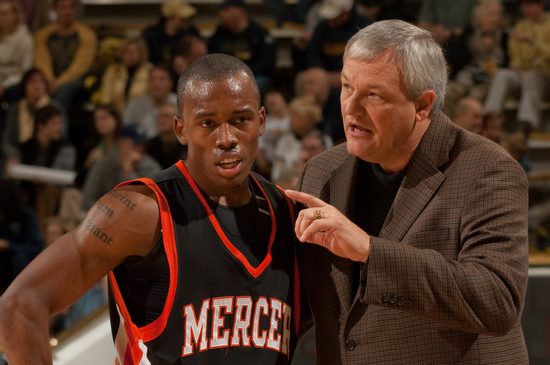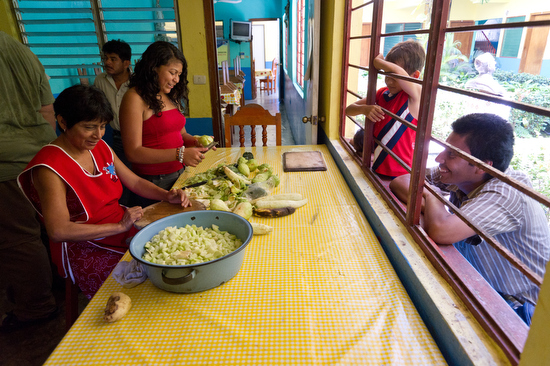| Turn your photos upside down; this will help you see where your eye goes first. After seeing where your eye goes first, is this where your audience wants to look? Nikon D2Xs, ISO 400, f/7.1, Nikkor 24-120mm |

Start upside down
One of the ways I was first taught to look at a photo is to turn it upside down. This way, you see how the photo’s composition and light values will direct someone to what is essential or away.
The light values alone have a tremendous effect on the viewer. If you put a black dot on a white paper with nothing else or a white dot on a black piece of paper, your eye is drawn to the dot.
With more stuff on the paper, the principle is still the same. The contrast of the light value to the rest of the scene will draw you to a spot.
Now that you know this, you should be able to help create a photo that directs the viewer based on fair values to the subject.

Graphics
Sign manufacturers have used big arrows to direct you to a store location. You could use a large hand to show people where to look, or you can use this same principle more subtly to direct the viewer.
Leading lines and perspective can help pull you into a photo and give the image some depth.
While straight lines hit you over the head, directing your eye, the S-curve is a classic way to draw a viewer’s eye. One of the most common uses in the scenic photo is the river winding through a scene.
Framing

Here I am using the tree and the people in the shadows as framing at The Citadel. Nikon D3S, ISO 200, 1/1250, Nikkor 24-120mm
While a photo might look good in different frames, you can buy it at a frame shop. You can also use elements in an image to help frame the shot. This framing often helps create a sense of depth to a photo and not just a border like a physical frame. Looking through a doorway to the subject in a room helps create some context.

Flowers in the foreground and the subject like a house in the background help fill what would often be dead space in the photo.
Hey there’s more

You can make a nice composed photo of a subject and do a great job creating a good image of the issue. You can also make a more storytelling photo and not just a pretty picture. These are photos that you may be drawn immediately to the main subject, but your eye continues to be moved around the scene, and you are learning more about the story.
Some photographers have you looking only at the subject and not much more. The seasoned storyteller will have you looking all around and absorbed into the content.


